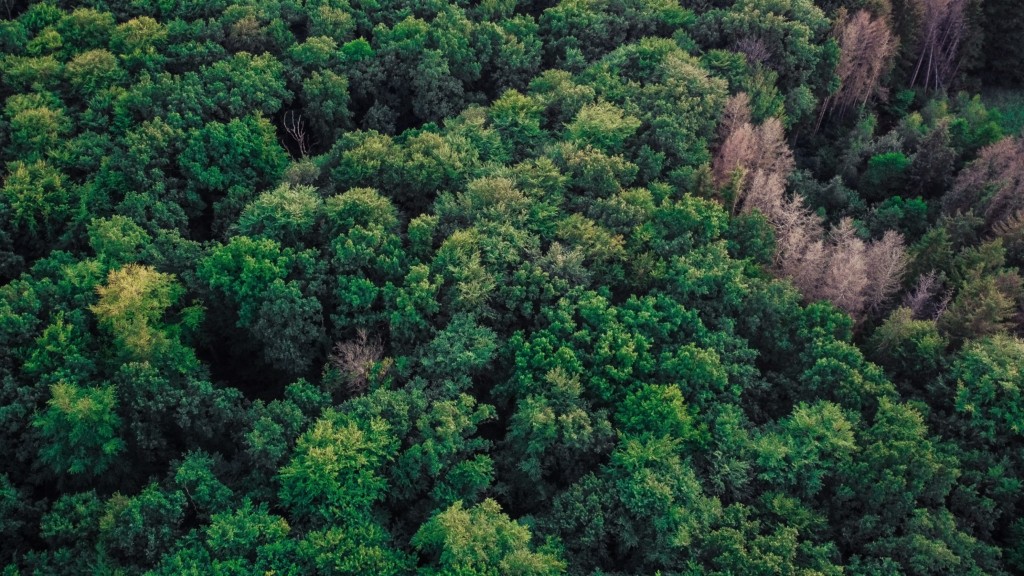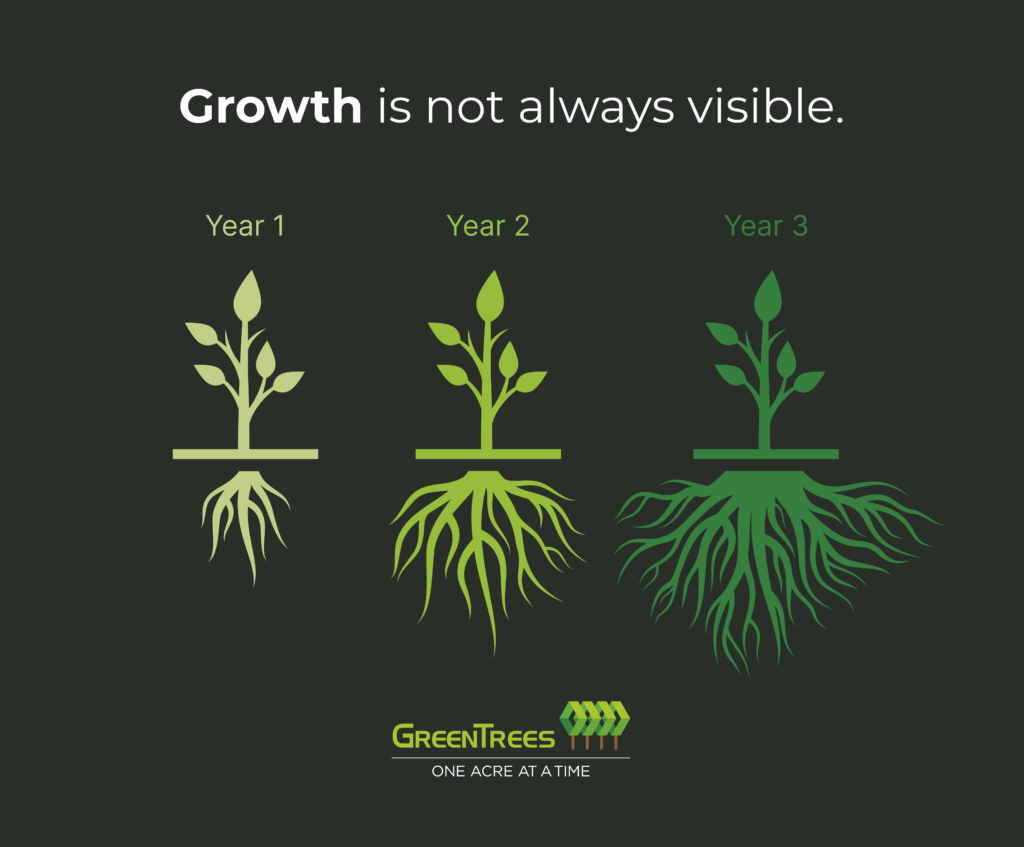Information for carbon buyers
Carbon Removal FAQs
Newer is not always better. The new standards by ACR do not optimize growth of reforestation projects in that they inhibit scale, cause a multiplication of cost, and open the door to substantive changes over the course of a 40-year commitment.
In terms of net climate impact, each ton of CO2 excluded from the atmosphere has the same benefit regardless of what action caused it. Carbon dioxide removal (CDR) refers to technologies and processes that remediate emissions that have already occurred, whereas reduction concerns avoiding emissions planned for the future. Every IPCC pathway to a net-zero world relies heavily on both reductions and removals, but claims about reductions can often be harder to substantiate and quantify.
GreenTrees specializes in restoring bottomland hardwood forests in the lower Mississippi Alluvial Valley (MAV). Once the largest broadleaf deciduous forest in the world, only 20% of the MAV’s historical bottomland hardwood forests remain after they were extensively cleared for agriculture in the 1990s.
Private landowners enrolled with GreenTrees retain ownership of their land. Landowners’ only obligations to GreenTrees are to preserve the trees planted on their property and allow GreenTrees annual access to verify and monitor carbon sequestration.
GreenTrees involves landowners in every step of the project implementation and management process, allowing them to choose the species mix and planting density of trees based on their specific goals for their land. The project’s community engagement efforts have been commended by Wildlife Mississippi, Audubon Arkansas, Arkansas Forestry Commission, Arkansas Game & Fish, and numerous other local organizations.
GreenTrees undergoes a rigorous four-step verification process conducted by ACR and independent third-party verifiers accredited with the International Organization for Standardization (ISO). GreenTrees also internally evaluates verification data using cutting-edge remote sensing technologies.
GreenTrees directs the vast majority of its funds to revenue-sharing with landowners, site preparation and planting, and MRV activities. In fact, over half of the program’s net revenues go directly to landowners – one of the highest levels of profit-sharing for any US-based project developer.
Not all carbon dioxide removal (CDR) projects are created equal. High-quality CDR projects are defined by demonstrably additional climate impact, low reversal risk, minimal or nonexistent leakage, and substantial co-benefits to local communities and ecosystems. GreenTrees derisks CDR investment by transparently accounting for all of these determinants of project quality.
Small to medium-sized landowners have historically been excluded from carbon markets due to high institutional and cost barriers. Recognizing that the land with the greatest reforestation potential exists under private ownership, GreenTrees has leveraged its economies of scale and network of partners to make carbon finance accessible to small-scale landowners through programmatic aggregation. By pooling landowners together, the project reduces cost barriers and disperses geographic risk.
Our Articles
Latest Stories and Articles

Carbon Removal
February 28, 2024



